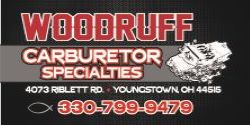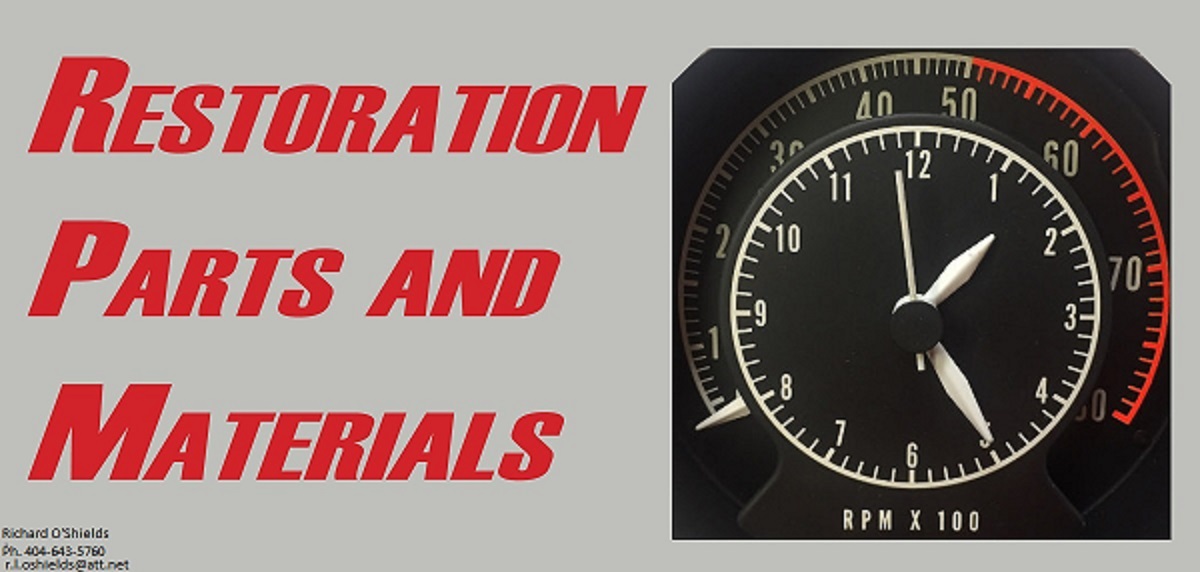"Roll over standards" certainly were decades away from 1964, BUT the 1965-1968 Chrysler C-bodies had very stout body structures! You can tell that just by closing the doors, for example. Look at how their front end areas are strongly tied-together compared to the large amount of open space on most higher-line GM cars of that era. All that is on a '68 Buick LeSabre behind that chrome bumper is just the grille supports and hood latch. Once the bumper bends, next stop condenser/radiator AND a "flimsy by comparison" core support.
By observation, Chrysler products had thicker sheet metal and it was all welded together, for a totally-stronger structure. In the later 1970s, we bought a new Chrysler fender for a '77 Charger SE for our GM body shop. The Chrysler Corp fender was shipped "bare", but was heavier than a similar '77 Monte Carlo fender AND the cardboard it came wrapped in! DEFINITELY a stronger body part!!!
The OTHER part of "passive safety" Chrysler products had was their better handling dynamics. Being more able to steer around danger. Stop a bit shorter, too, many times.
One night in the later 1970s, I was (like others) cruising the "main drag" one weekend night. I noticed some traffic heading the other way had stopped, with on-looker stops on my side of things. A really nice '67 Nova 2dr hardtop was "the victim", with a '66 Fury III behind it. The Fury III was bought new by a local dentist, but now apparently lived out in the country on a dirt road (from the way it looked). The Nova had bent rear quarter panels, which the owner was busy hammering away from the rear tires, so he could move the car. He had been working out and you could hear his displeasure as each BOOM echoed off of the buildings nearby, even above the normal traffic sounds.
Behind the Nova sat the Fury III. Clumps of dried mud having been knocked loose, but no coolant leaks, or bent sheet metal. The front door opened freely. I saw it driving around the next weekend, none the worse, it seemed. Still needing a strong wash job and detailing.
To me, the modern crash tests are good, but they are usually more "designed to get the car to fail" than not. Looking at the videos of them, the damage which results, AND then considering how much the body's internal guts might bounce around at the sudden "stop" at the barrier, can tend to make survivability more marginal than suspected, to me. BTAIM
Drive safe and defensively!
CBODY67
By observation, Chrysler products had thicker sheet metal and it was all welded together, for a totally-stronger structure. In the later 1970s, we bought a new Chrysler fender for a '77 Charger SE for our GM body shop. The Chrysler Corp fender was shipped "bare", but was heavier than a similar '77 Monte Carlo fender AND the cardboard it came wrapped in! DEFINITELY a stronger body part!!!
The OTHER part of "passive safety" Chrysler products had was their better handling dynamics. Being more able to steer around danger. Stop a bit shorter, too, many times.
One night in the later 1970s, I was (like others) cruising the "main drag" one weekend night. I noticed some traffic heading the other way had stopped, with on-looker stops on my side of things. A really nice '67 Nova 2dr hardtop was "the victim", with a '66 Fury III behind it. The Fury III was bought new by a local dentist, but now apparently lived out in the country on a dirt road (from the way it looked). The Nova had bent rear quarter panels, which the owner was busy hammering away from the rear tires, so he could move the car. He had been working out and you could hear his displeasure as each BOOM echoed off of the buildings nearby, even above the normal traffic sounds.
Behind the Nova sat the Fury III. Clumps of dried mud having been knocked loose, but no coolant leaks, or bent sheet metal. The front door opened freely. I saw it driving around the next weekend, none the worse, it seemed. Still needing a strong wash job and detailing.
To me, the modern crash tests are good, but they are usually more "designed to get the car to fail" than not. Looking at the videos of them, the damage which results, AND then considering how much the body's internal guts might bounce around at the sudden "stop" at the barrier, can tend to make survivability more marginal than suspected, to me. BTAIM
Drive safe and defensively!
CBODY67

















